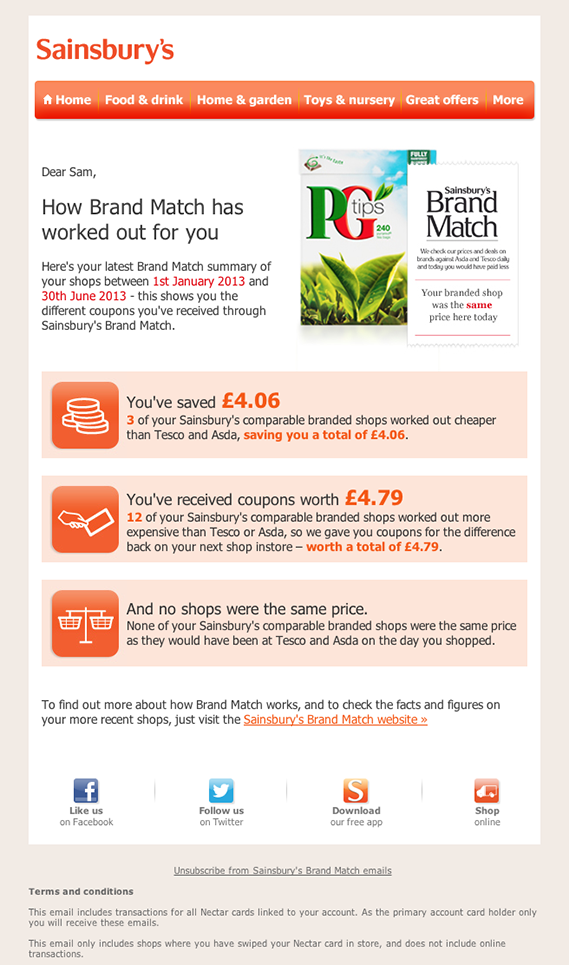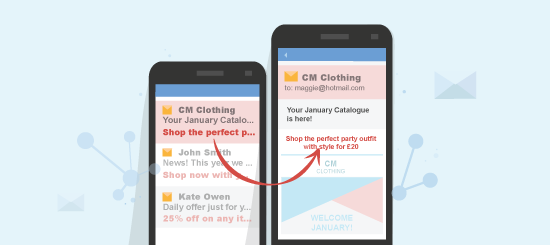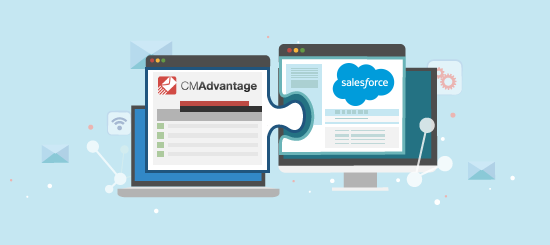Being subscribed to a poorly managed email program can often feel like you’re stuck on a one way street. You receive an endless stream of promotional emails with little or no other benefits to yourself. Needless to say, this is a pretty bad way to manage email marketing. Subscribers will soon tune out if there’s nothing in it for them.
When creating an overall email program, it’s important to add value for your subscribers. Sending promotional emails is all fine and dandy, but it’s a good idea to punctuate them with non-sales emails that focus entirely on the subscriber.
Personalisation in emails is a great way to focus on your subscribers, and they don’t get much more personal than a statement email. I am a huge sucker for these types of campaigns as their content is fully personalised to me.
So, what is a ‘statement email’ exactly? I like to think of them as a hardcore version of a notification email.
Standard notification emails such as utility bills, order confirmations and flight details tend to flirt a little bit with your data. A cheeky order number here, an enticing flight number there, nothing too meaty but still nice and useful. This type of data is valuable to subscribers and is the primary reason that notification emails tend to outperform promotional emails.
While this type of data is useful, standard notification emails only tend to show you top-level stuff, account balances, shipping confirmations, booking details etc… without going into too much detail.
Statement emails on the other hand are very smart. They get right down to the nitty-gritty by processing your data in some very clever ways and showing you a wider picture of your relationship with a product or service.
The first example I’d like to show you is from giffgaff, the (excellent!) mobile network. Every month I receive a summary email which highlights my current phone usage. There’s a whole heap of data in here including my total minutes, text message and data usage as well as top numbers dialled and account status.

giffgaff take this one step further by analysing my usage and letting me know if I can save money by switching to another tariff. Good to know they have my best interests at heart!
By collecting all of my personal usage data giffgaff have put together a very valuable email that gives me a great insight into my account usage and potential savings. Some of this information isn’t available on their website so i find this type of campaign especially useful.
A statement email with this kind of in-depth number crunching can be made possible by linking your CRM (Customer Relationship Database) or similar database to your email service provider (something that we offer for a wide range of CRM systems).
Next up we’ve got supermarket Sainsbury’s and their Brand Match statement email. If you’re unfamiliar with the Brand Match scheme, Sainsbury’s match the price of your shopping at the checkout with that of rival supermarkets. If the cost of your shopping would be lower with a rival, Sainsbury’s provide a voucher for the difference.
Sainsbury’s cleverly link my Brand Match vouchers to my reward card, enabling them to track my usage. Each month, they send me a statement email giving me a breakdown of my Brand Match usage with the total amount I’ve saved through the scheme, and how many vouchers I’ve been provided with.

These campaigns add value to the overall email marketing strategy of giffgaff and Sainsbury’s. By interspersing their promotional emails with statement emails, subscribers get a nice break from advertisements. The personal and helpful nature of the campaigns will be appreciated and valued, which in turn may even make subscribers more responsive to promotional content in the future.
You may be entirely unsurprised to learn that budget airline Ryanair use notification emails to squeeze in some promotional content too. While this isn’t frowned upon per-say, it’s a good idea to keep cross-selling limited to about 30% of the campaign’s content. Keep the campaign focused on the subscriber, not yourself.
This tactic isn’t entirely left out by giffgaff and Sainsbury’s, both have provided very subtle bits of additional content. A link to a survey is included in the giffgaff email, and Sainsbury’s include links to download their app and to shop online.
Can you think of a way to improve your email program with statement emails? Got any insightful data lurking about that would be useful for subscribers? As I was saying earlier, this kind of data is usually kept in a CRM. If you’re interested getting geeky with automated CRM synchronisation we can definitely help you out.
If the term ‘automated CRM synchronisation’ leaves you baffled and somewhat scared, fear not! We’re here for you and are happy to have a nice chat and go over things one step at a time.









